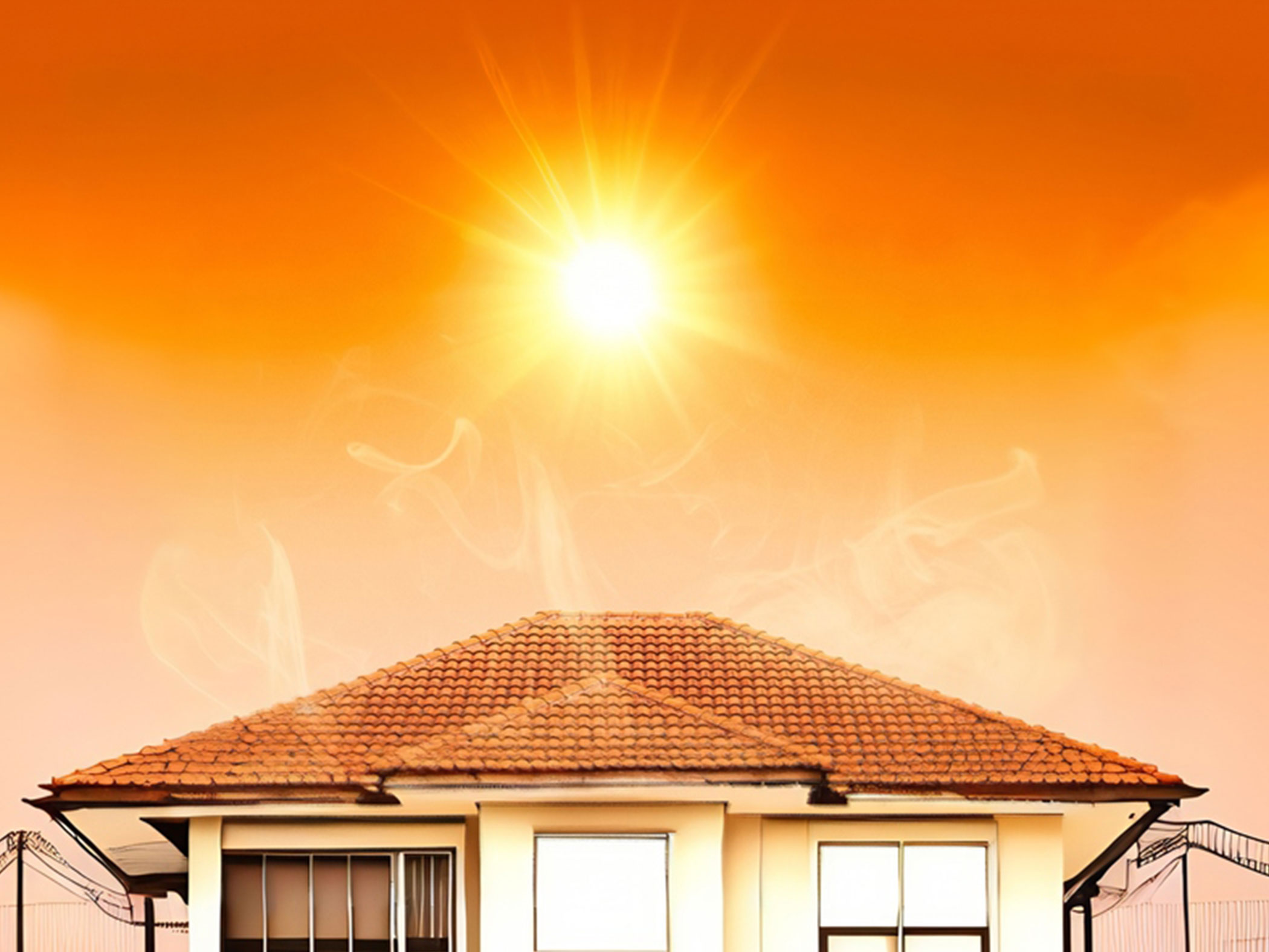Designing Your Homes for Extreme Heat
Can your homes take the heat? These design strategies can help make your homes stand out in today's climate.

Extreme heat has become an increasing issue across the country. The warmest 10 years since 1850 have occurred since 2013, according to the U.S. National Oceanic and Atmospheric Administration. And approximately 65 million people were impacted by record heat last year.
As record heat waves continue to make the news, potential homebuyers will become increasingly concerned. Designing for heat resiliency can help your homes stand out in today's climate and appeal to potential buyers.
Building heat resistance into your homes
You can implement multiple design and construction strategies to enhance heat resilience and comfort in your homes.
High-performance building envelopes. Install high-quality insulation in walls, roofs and floors to regulate indoor temperatures and minimize heat transfer. Properly seal gaps and cracks in windows, exterior doors and anywhere else where hot outdoor air might enter the home. ENERGY STAR®-certified windows reduce heat gain into homes without reducing visible light.
Cool roofs and walls. Choose reflective roofing materials that absorb less heat from the sun. These materials help keep the home cooler and save energy by reducing air conditioning usage. Also, choose light-colored or reflective siding materials to minimize heat absorption from external surfaces.
Attic and roof ventilation. Install roof ventilation systems such as fans, ridge vents, roof turbines and soffit vents to allow hot air to escape from the attic. These systems prevent heat buildup, which can radiate into the living space. Design the home layout to encourage cross-ventilation, where air can flow from one side of the house to the other, promoting circulation and cooling.
Suitable shading. Extend roof overhangs and eaves on the southern and western sides of the house to block sunlight during the hottest parts of the day. Install awnings, shutters, pergolas or trellises to cover windows and doors exposed to direct sunlight. Plant leafy trees strategically on the southern and western sides of the property to provide natural shading during summer.
Proper orientation. The positioning of homes can significantly impact indoor temperatures. Orient the main living spaces along the north-south axis to maximize exposure to natural light while minimizing direct sunlight penetration. Minimize the number and size of windows on the east and west facades that typically receive the most direct sun exposure.
Backup power. Natural gas generators provide convenient and reliable backup power during outages caused by storms, extreme heat or other emergencies. They can power air conditioning, refrigerators and other essential appliances and equipment to keep homes safe and comfortable even during the hottest weather.
By implementing these strategies, you can create homes that are resilient to extreme heat, ensuring potential buyers stay safe and comfortable during the hottest weather conditions.